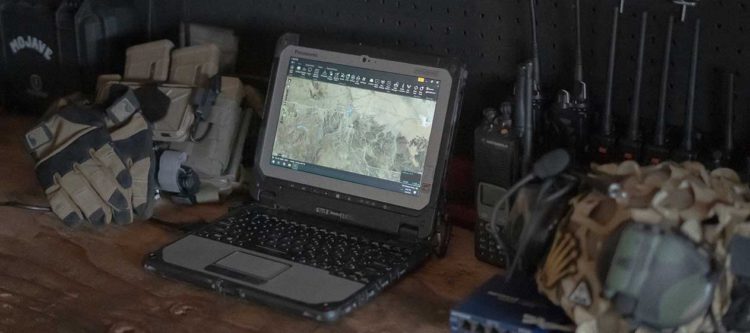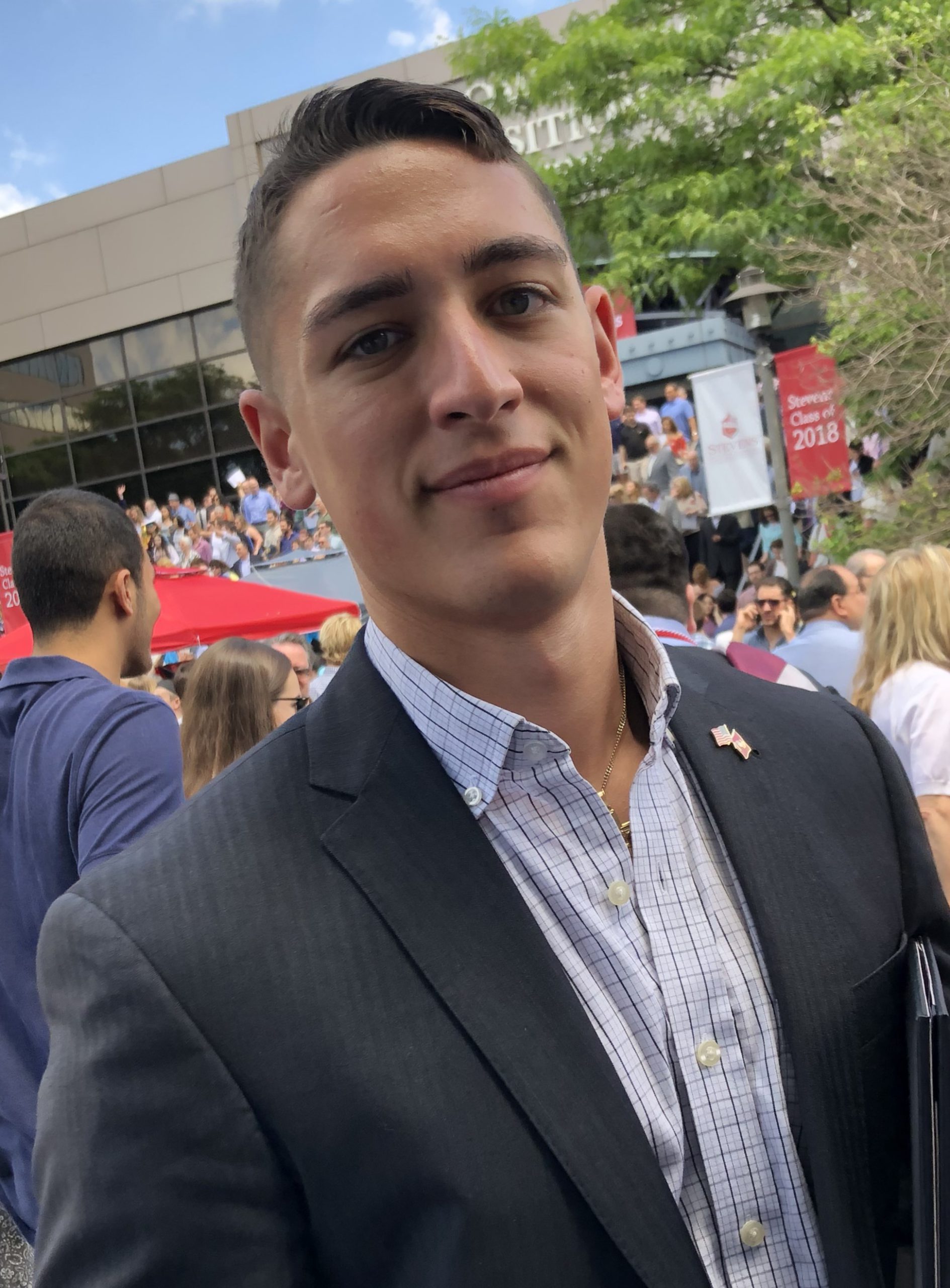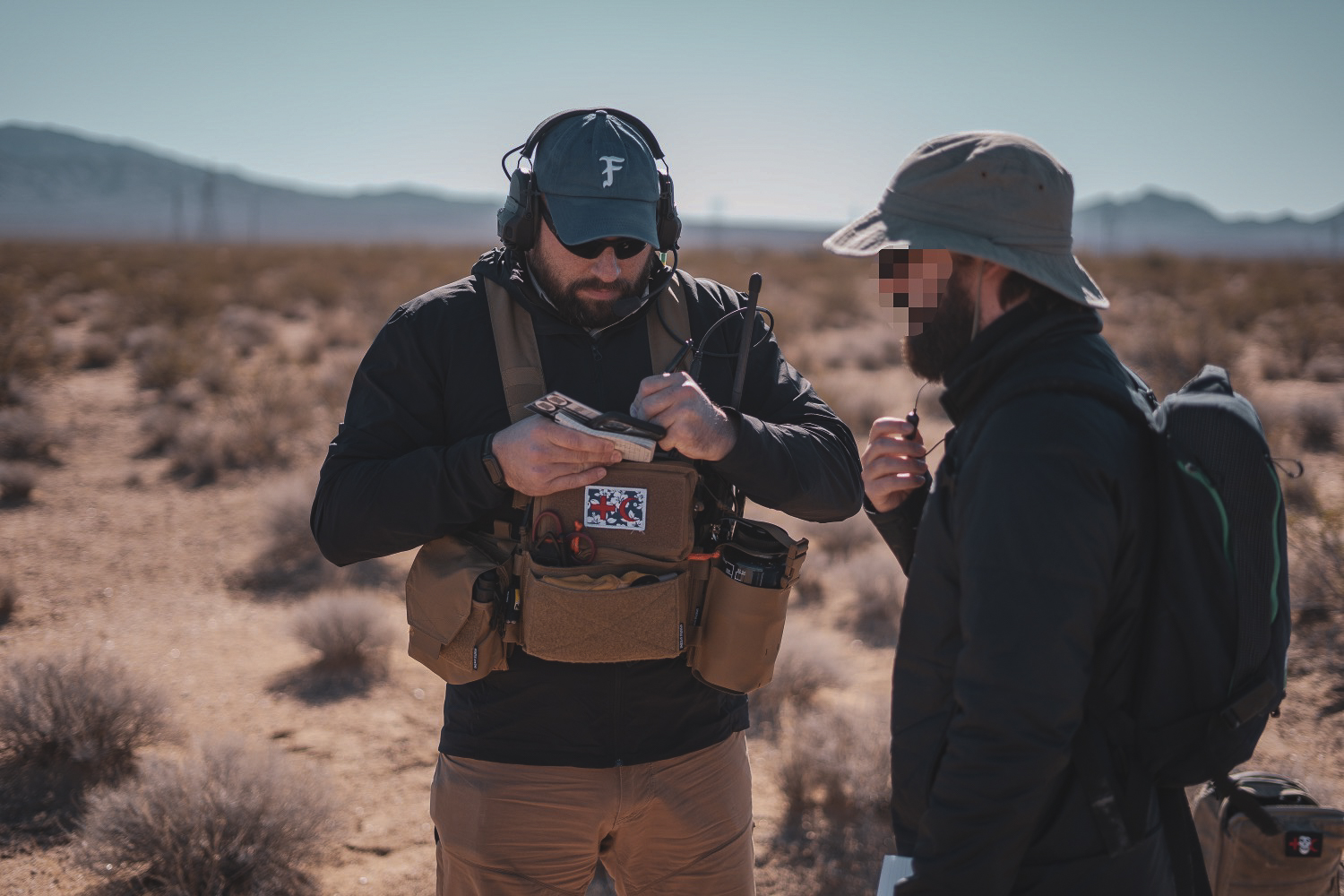Mojave Repeater on the role of mobile mesh in survival and emergency preparedness


With the sun’s warmth caressing your left side and the uneven rhythm of tires gliding across the pavement beneath your feet, you peer through your rearview mirror to glance at your family’s eager faces as you drive down a road in the middle of nowhere to get to your vacation spot. As your gaze centers back on the road, you notice your ”check engine” light is on, and your car breaks down in the middle of the road with nothing around for miles. When you try to call for emergency assistance, you notice there’s no cell service.
That’s a nightmare that many people have – being stranded in a remote location with no way to call for help. But anyone that spends time in some of America’s more rural and geographically-isolated places risks being in this situation. That includes America’s emergency and disaster response personnel, individuals responsible for search and rescue missions, and wildfire “hotshot” crews – many of whom need to operate in off-grid, remote environments.
In emergency situations, communications are essential. But, in these environments, the presence of terrestrial and cellular networks is not guaranteed. Establishing communications in emergency situations in off-grid environments requires training and special tools.
Having served as a communications officer in the Marine Corps, and currently working to train people in off-grid survival, Alex Vallorosi, the Co-Founder of Mojave Repeater, has dealt with these challenges head-on, and now shares that knowledge with his students.
Alex sat down with us to talk about the benefits and importance of survival and preparedness training, and how mobile mesh networking can help enable communications for “tactical civilians” and first responders in life-threatening situations – even in the more remote, disconnected locations.
 The Last Mile (TLM): Can you tell our readers a little bit about Mojave Repeater?
The Last Mile (TLM): Can you tell our readers a little bit about Mojave Repeater?
Alex Vallorosi: My partner and I started Mojave Repeater in April 2021. I was a communications officer in the Marine Corps, and he currently serves as an active duty intelligence officer.
We launched Mojave Repeater with the intent to provide long-range communications to our customers. We felt that, in order to do that, we had to manufacture portable tactical repeaters. We sell the repeaters that we manufacture to our customers. We also serve as a radio reseller and provide communications training to individuals that need it.
TLM: What kinds of training classes do you offer at Mojave Repeater, and what different kinds of organizations and individuals do you provide training for?
Alex Vallorosi: We have two curriculums that we offer– the basics of radio operator skills and knowledge and C2 systems, which is our new course that goes beyond what’s taught in the basic communications knowledge course. Essentially, we teach our students how to apply communications tools to solve problems.
Our students are predominantly people with a strong interest in survival and emergency preparedness skills. However, we also train professionals and organizations that operate in austere, off-grid locations, including search and rescue organizations, EMS, and other emergency response and law enforcement organizations that utilize communications tools in their daily jobs.
TLM: What are some of the life-saving skills folks learn during your training classes?
Alex Vallorosi: Every part of our class is important and teaches lifesaving skills. But one of the most important lessons that we teach is that survival starts before you take the first step.
We teach people to plan in advance – which gives them valuable situational awareness that pays dividends in life-threatening situations. By planning in advance, our students gain situational awareness to be able to know what frequencies can be used for emergency support in these dangerous, everyday situations, and have the tools they need to access them.
Whether it’s emergency repeaters, police departments, fire departments, or EMS, having that situational preparedness can be lifesaving in situations with no cell service.
TLM: In your YouTube videos, you often discuss the “tactical civilian”. What exactly is a “tactical civilian”? Can anyone be a “tactical civilian?”
Alex Vallorosi: The “tactical civilian” is basically this unique phenomenon that cropped up in the last few years. It’s effectively people that take preparedness training very seriously for the survival of themselves and their families.
They train in skills such as medical aid and emergency communications so that they can be prepared in any type of emergency scenario.
TLM: Some of your classes involve training in mountainous and remote locations. What type of missions might take some of your customers and clients into these environments?
Alex Vallorosi: The typical use case that I utilize in my classes is a search and rescue mission. I focus on this because, regardless of what you do for your job, you never know when you may need to be involved in a search and rescue mission.

Search and rescue missions often happen in remote locations. And in these remote, mountainous environments, traditional forms of communications are often either not available or degraded by the landscape.
TLM: How does the remote nature of these training locations impact communications? Are the traditional communications tools that clients rely on (i.e., radio) always available in these environments?
Alex Vallorosi: I really like teaching the courses in locations that I’m unfamiliar with because each environment presents its own challenge in regard to line-of-sight communications—making the course a big problem-solving exercise.
For example, if we’re out west in the mountains, we have to study the terrain with the students. The mountains impact line-of-sight and can impact the best location in which to communicate or place repeaters. Further east, in more forested regions, you might have to find exposed terrain where there’s a possible clearing to allow your antenna to go above the tree line.
These unique challenges are present in any environment, you just need to be creative to overcome them.
TLM: What do you think the main benefits of comms training are? How have you seen the skills taught in your training courses utilized in real-world scenarios?
Alex Vallorosi: There are two main benefits that our students get from our training. They get the lifesaving skillset that we develop by teaching them how to leverage different communications tools to reach out and get help. Then there are the problem-solving skills.

As we discussed, each environment presents its own unique challenges. And having the skills and knowledge to overcome those challenges create a fun problem-solving exercise.
I know of multiple instances when the communication skills we’ve taught our students have been used in various aspects of their jobs. For example, some of my students went over to Ukraine to volunteer their time for humanitarian aid and used radios with the skillsets we taught them to be more of an asset in those situations.
TLM: Have you ever been in a scenario or situation where a lack of communication or situational awareness could have led to a bad result? Can you run through that scenario with us?
Alex Vallorosi: During my time in the military, I was responsible for communications for an artillery battalion. The demand for communications is very high in an artillery unit because, without talking, you’re not shooting. Communication is needed to resolve practically every situation, from live-fire to administrative concerns.
If an observer on the hill can’t communicate with the battalion, then he’s not getting the responsive fires that he needs for any dangerous, life-threatening scenario that may arise. If a water or food resupply is needed, it might not get to the right location if there’s no way to contact the logistics organization.
I saw that all the time in my military experience. Luckily, we trained for these scenarios and were able to make it work. But it could have easily and rapidly gone badly.
TLM: Can you discuss your personal experience with mesh networking. When were you first introduced to mesh networking or the goTenna Pro X? In what scenarios have you used mesh networking, in training or in the field?
Alex Vallorosi: It was a major topic of conversation in my job before this. Unfortunately, the unit didn’t have a lot of access to mobile mesh networking equipment. So, my experience with mobile mesh networking solutions, such as goTenna Pro X, has mostly been limited to my experience with Mojave Repeater.

We’ve used them during our training courses between teams in adverse environments, trying to communicate information to one another in a challenging scenario to help defeat the terrain.
TLM: What are some of the specific applications you use mesh networking for, and what scenarios would you use goTenna Pro X over traditional radio comms?
Alex Vallorosi: What we train to in the course is to build a robust PACE plan. Robust voice communications is part of a PACE plan, but you want a data link as well—whether it’s through infrastructure like LTE or something else.
When you’re in an adverse environment with no cell service, you want a goTenna that can provide granular position and location data, as well as chat with the teams in that environment. So, we added it as another layer to the PACE plan in our training and used it to communicate information back and forth during the search and rescue mission set.
TLM: What do you think are the main benefits of mesh networks? How do you think mobile mesh networking meets the comms needs of operators in the field? What do you think the future of mesh networking will be in the private/tactical security field?
Alex Vallorosi: The main benefit of mesh networking is the granular level of detail that you get at the lowest level – the squad level. Even at this small unit level, there is an extreme amount of detail that can be communicated quickly to teammates.
In terms of it progressing and the future of it, I want to see that information get back to higher levels of command. From my background and experience, we call it “shortening the kill chain”. In other words, making it more effective to communicate that information to decision-makers to get them the information they need more rapidly.
There’s also an important use case in terms of integration. The more nodes you add to the mesh, the stronger it becomes. So, as various units are integrating with the same technology, and come together in the battlespace, they can integrate and strengthen the mesh. Which is very important.
To learn more about Mojave Repeater, click HERE. To learn more about mobile mesh networking can provide an off-grid communications network for emergency personnel or military operators, click HERE.







No Comment